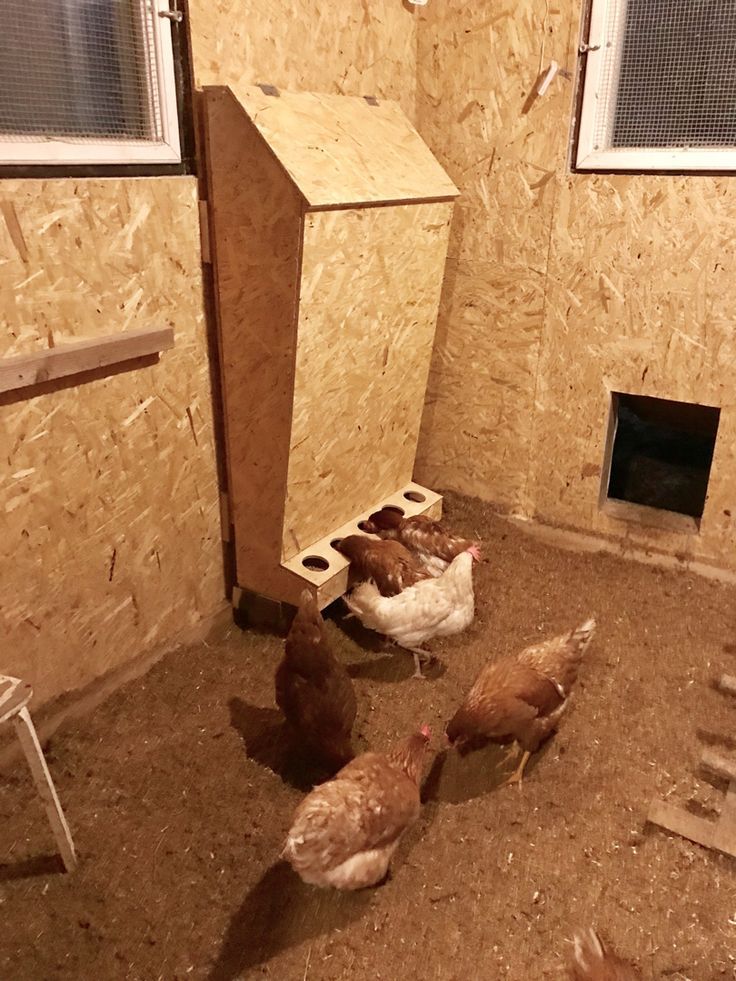Because chickens have a narrow intestinal tract, they like to eat often but in small portions. This means that chickens are almost always hungry and food obsessed. Keep them well-fed with a DIY chicken feeder.
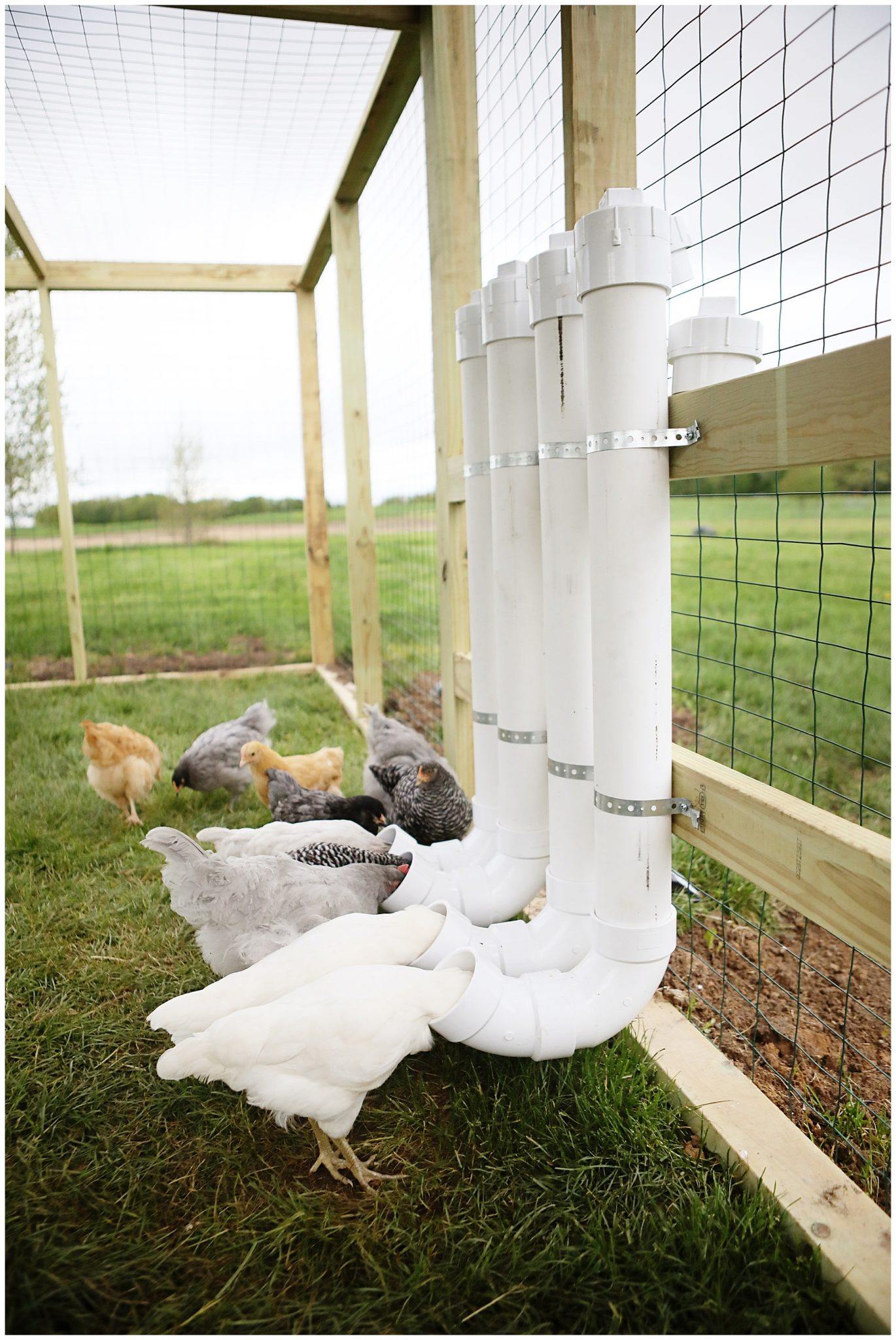
Egg-laying hens require a balanced diet that includes energy, protein, and calcium.
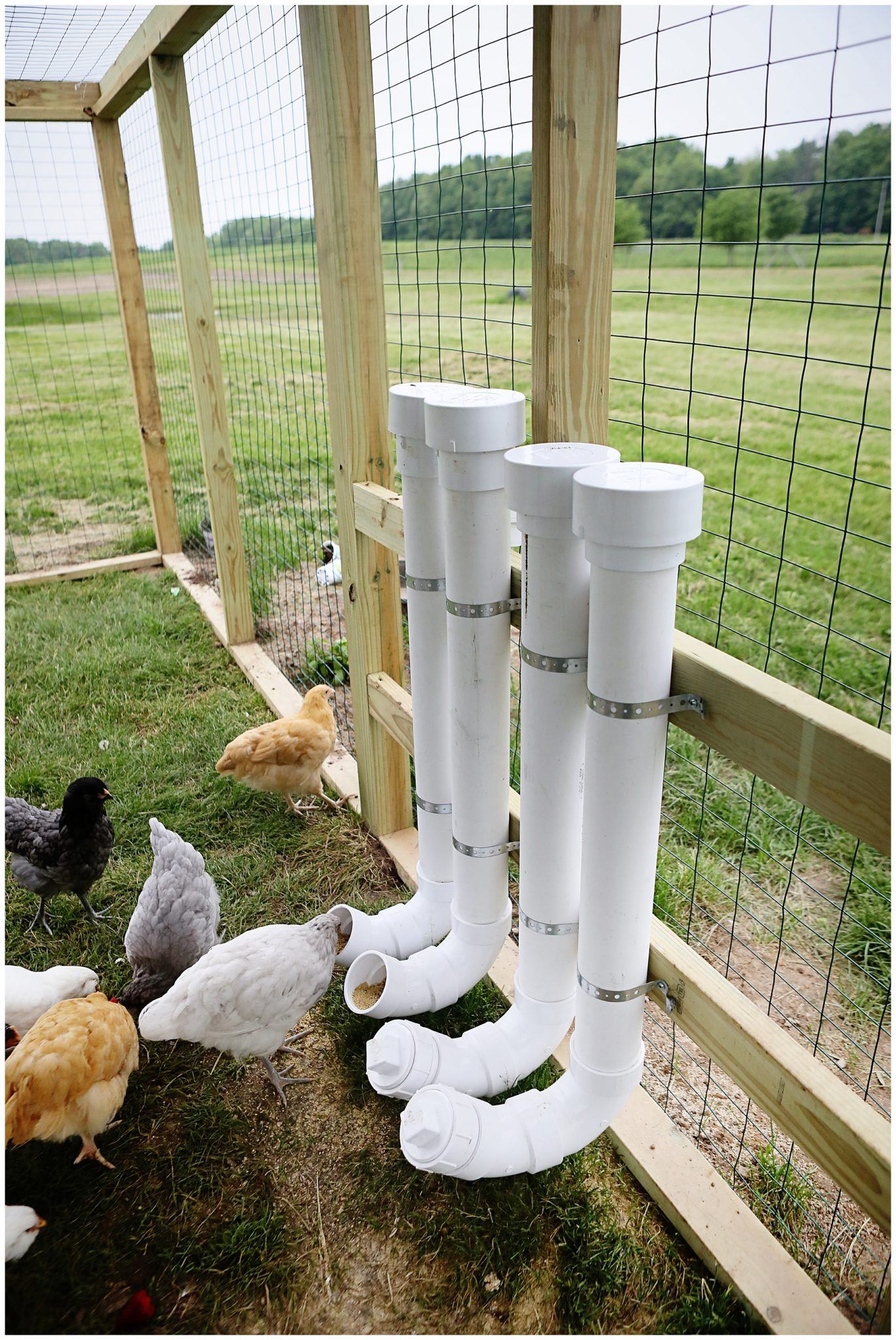
The best egg production occurs when chickens receive at least 16% protein in their feeds, as well as access to fresh, clean water at all times.
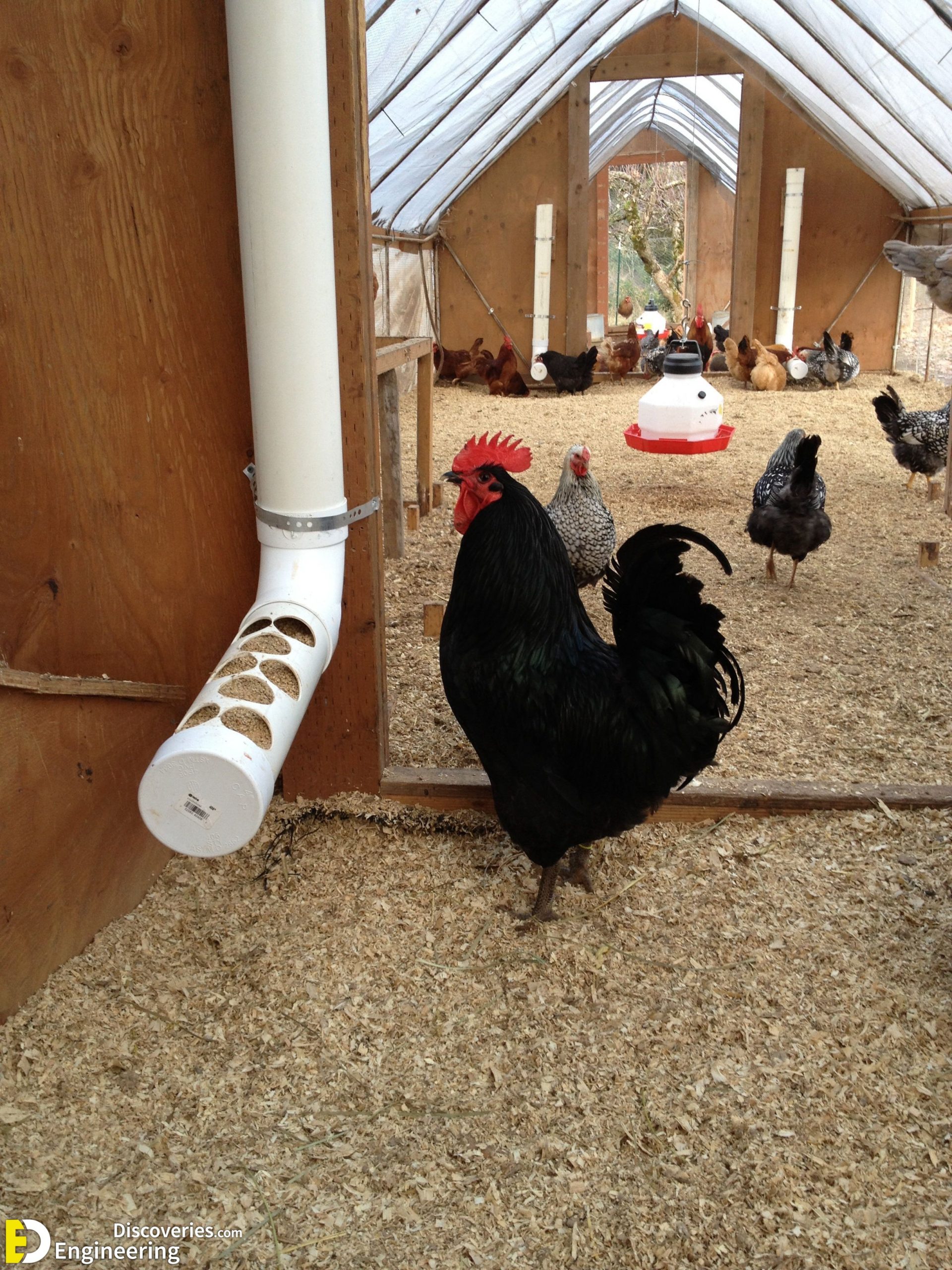
Egg production stops or slows when hens run out of feed or water for several hours at a time.
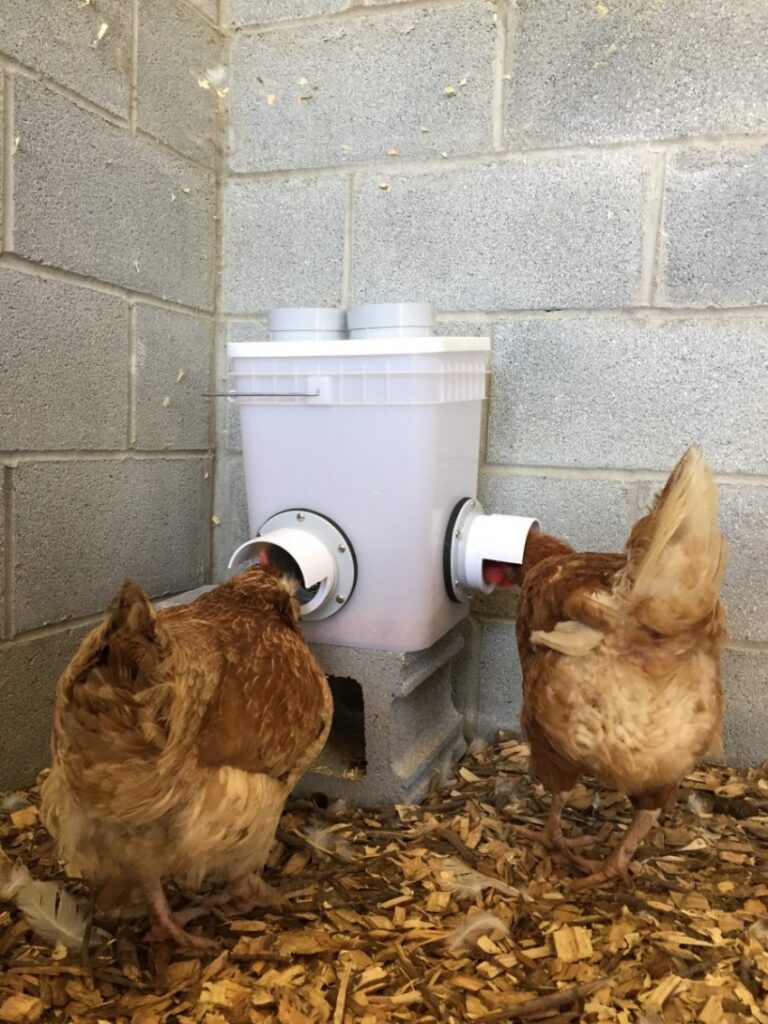
The amount of decline in egg-making is directly related to the amount of time the flock went without.
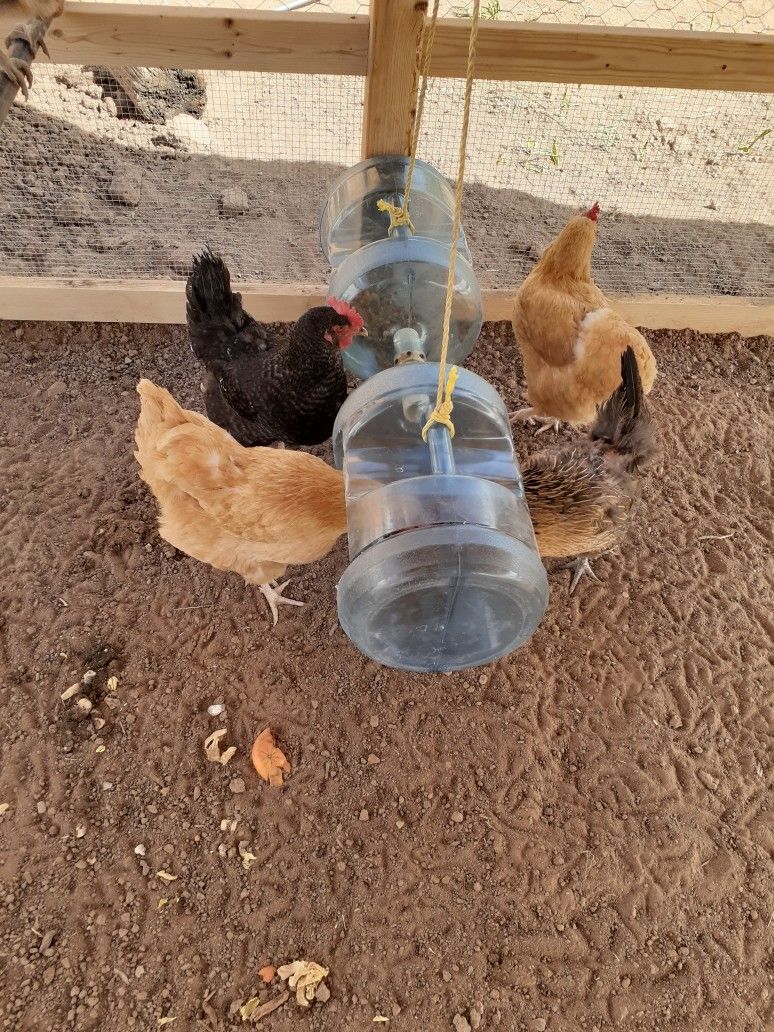
The size of the feeding vessel(s) should hold enough food for all your chickens.
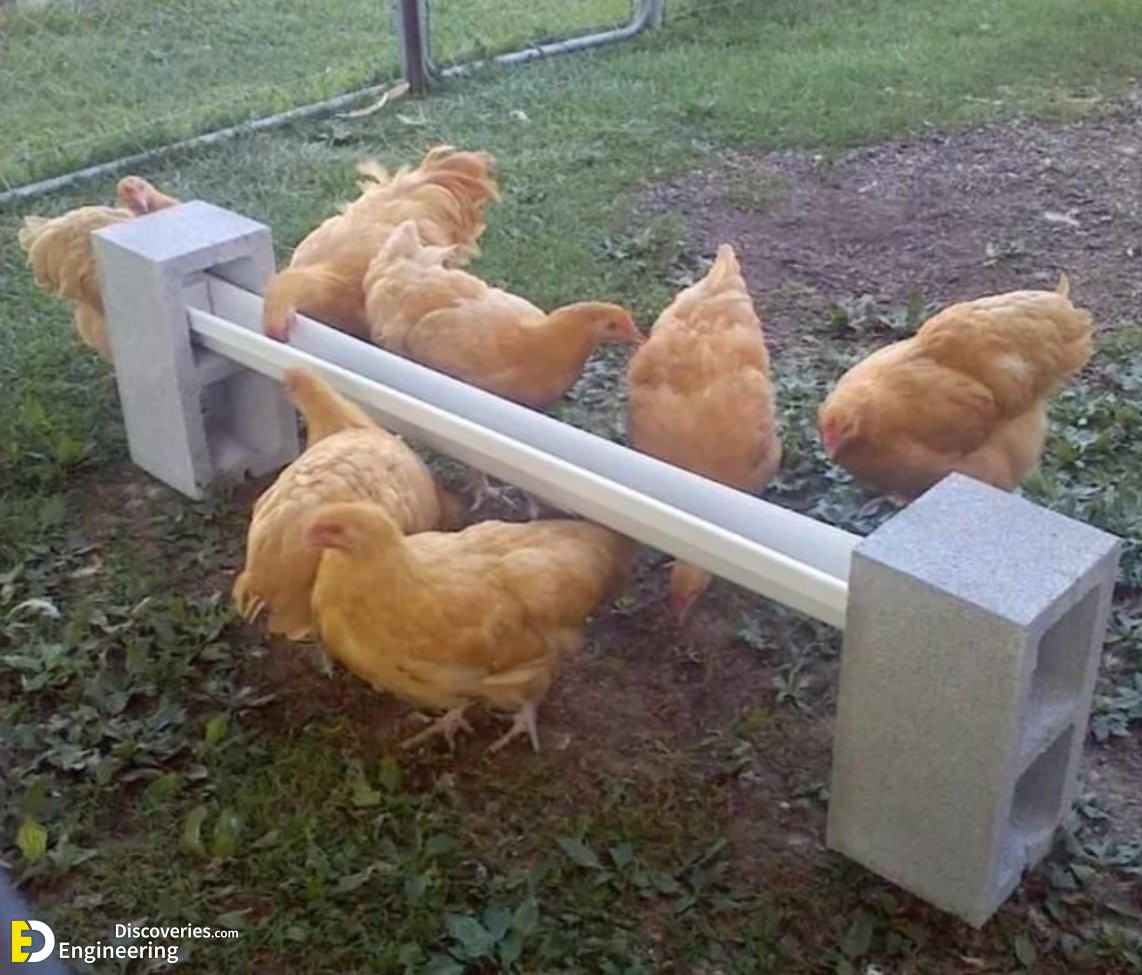
It should be large enough not to need constant refilling, but small enough that the feed doesn’t spoil before it has a chance to be eaten.

Another thing to bear in mind is how the chickens access the feed. As a very general guideline, each chicken should have about 2 inches of feeding space.

The character of your hens will have an impact on the size and style of the chicken feeder too.

Dominant birds may prevent those lower in the pecking order from feeding, curious hens may knock over the container, and some chickens just like to make a mess of the whole thing.

.
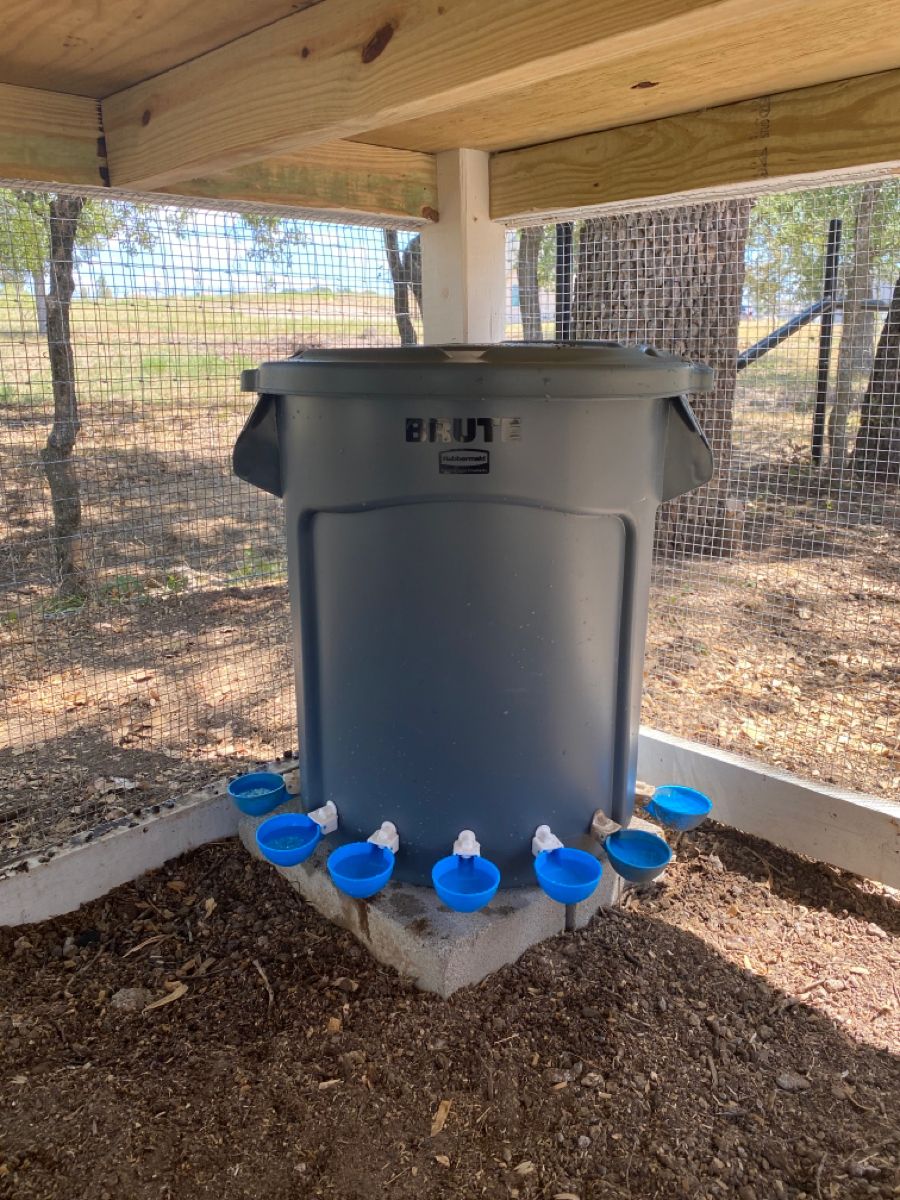
.
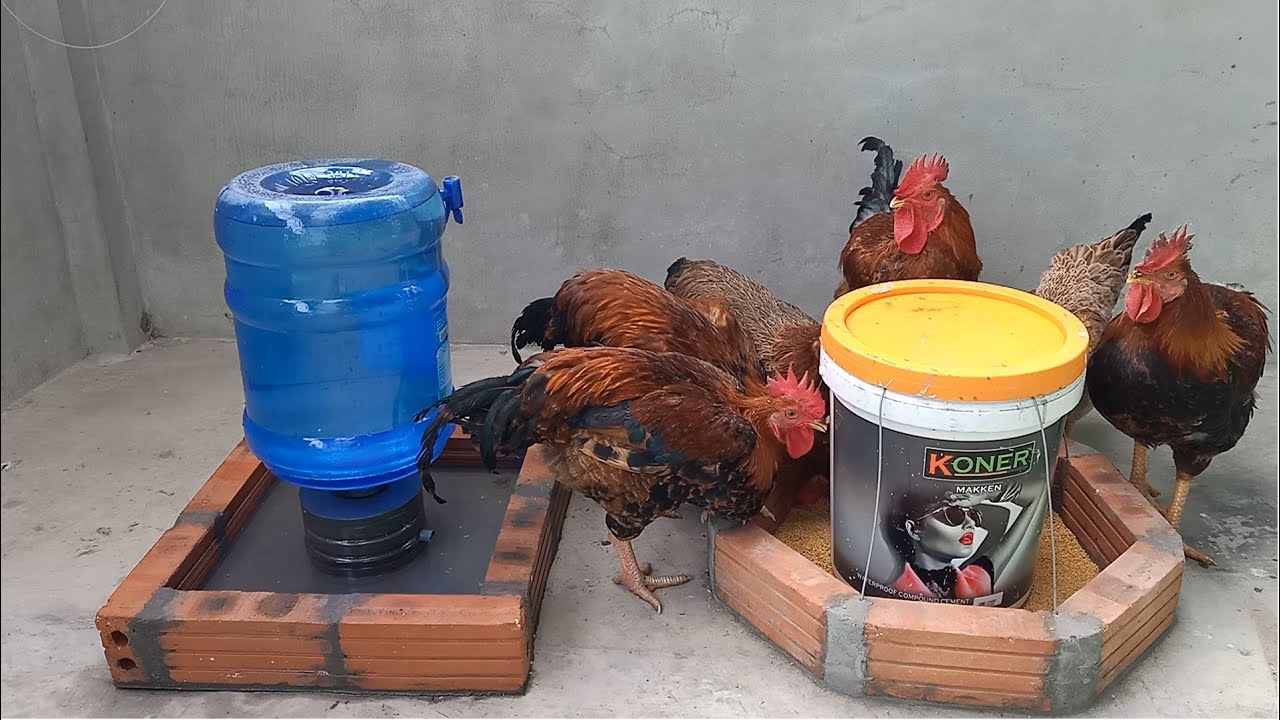
.
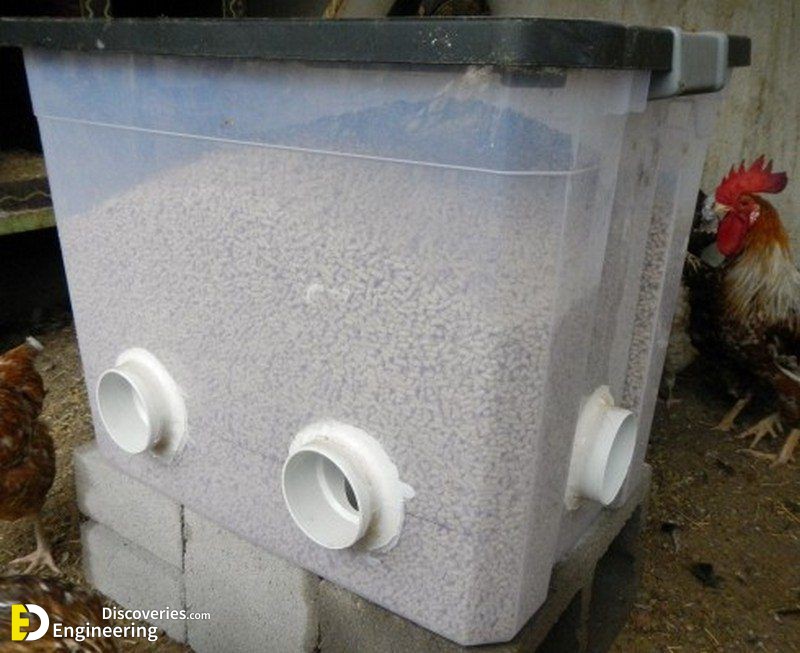
.
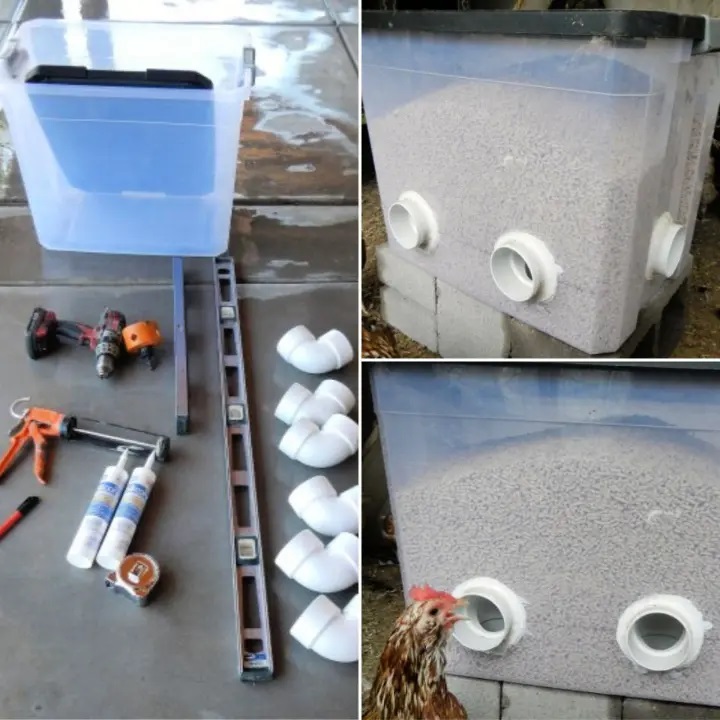
.
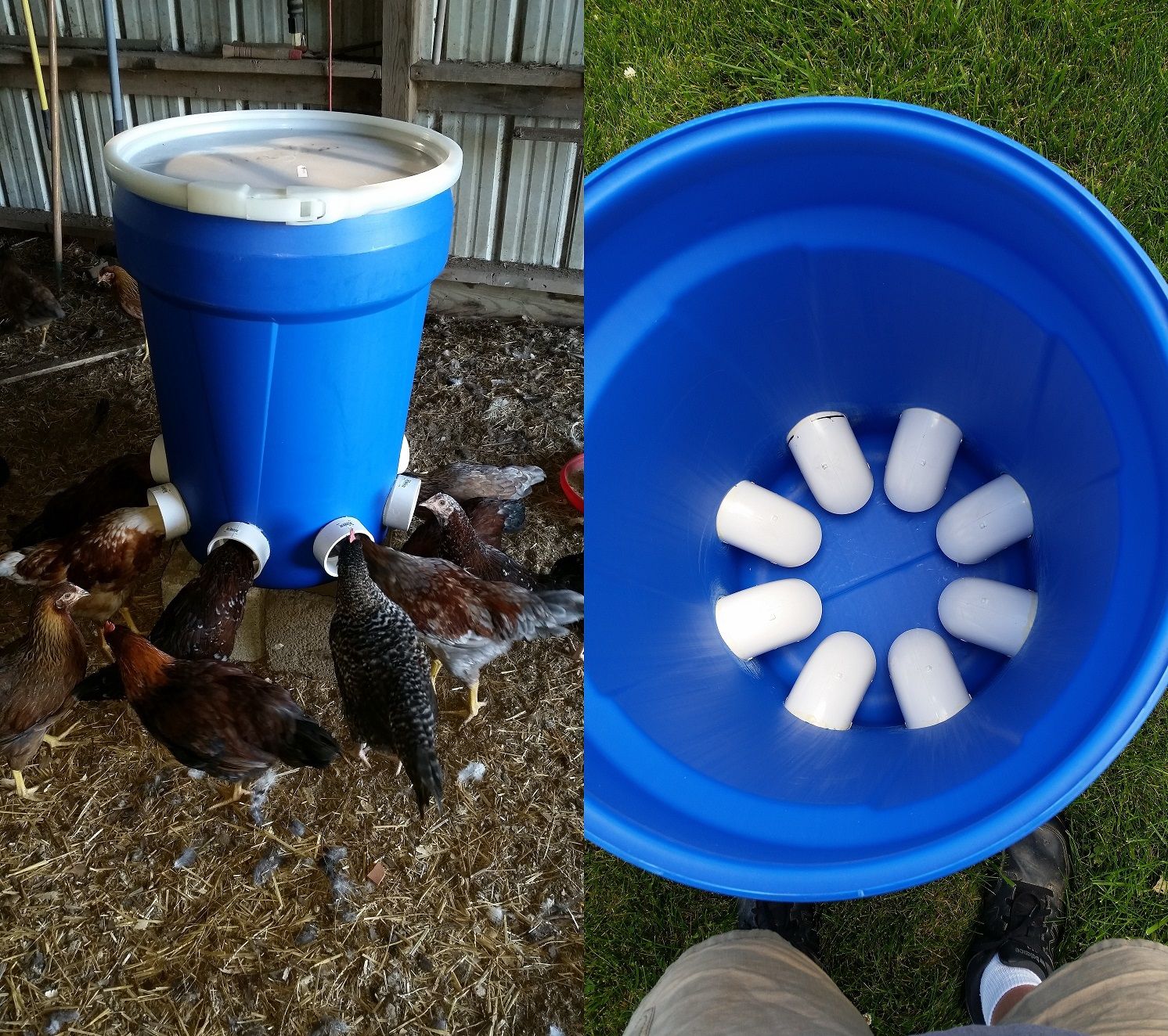
.
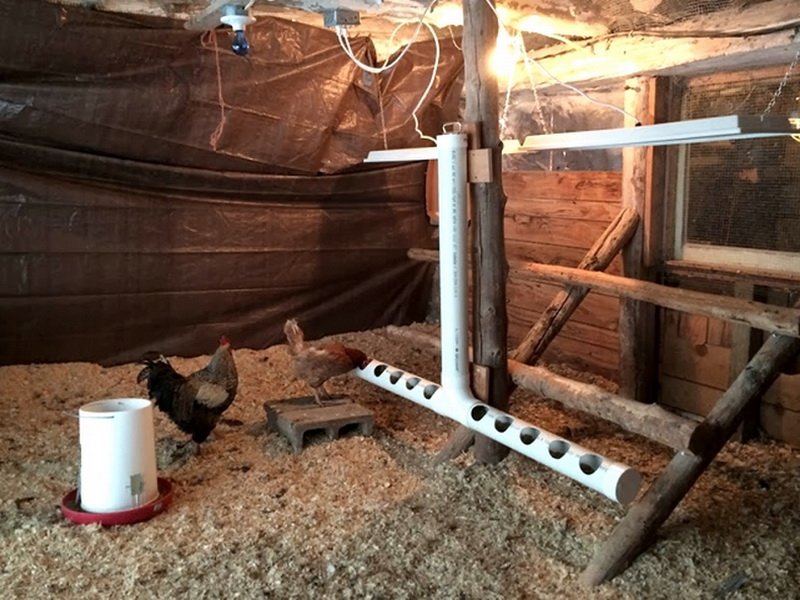
.

.
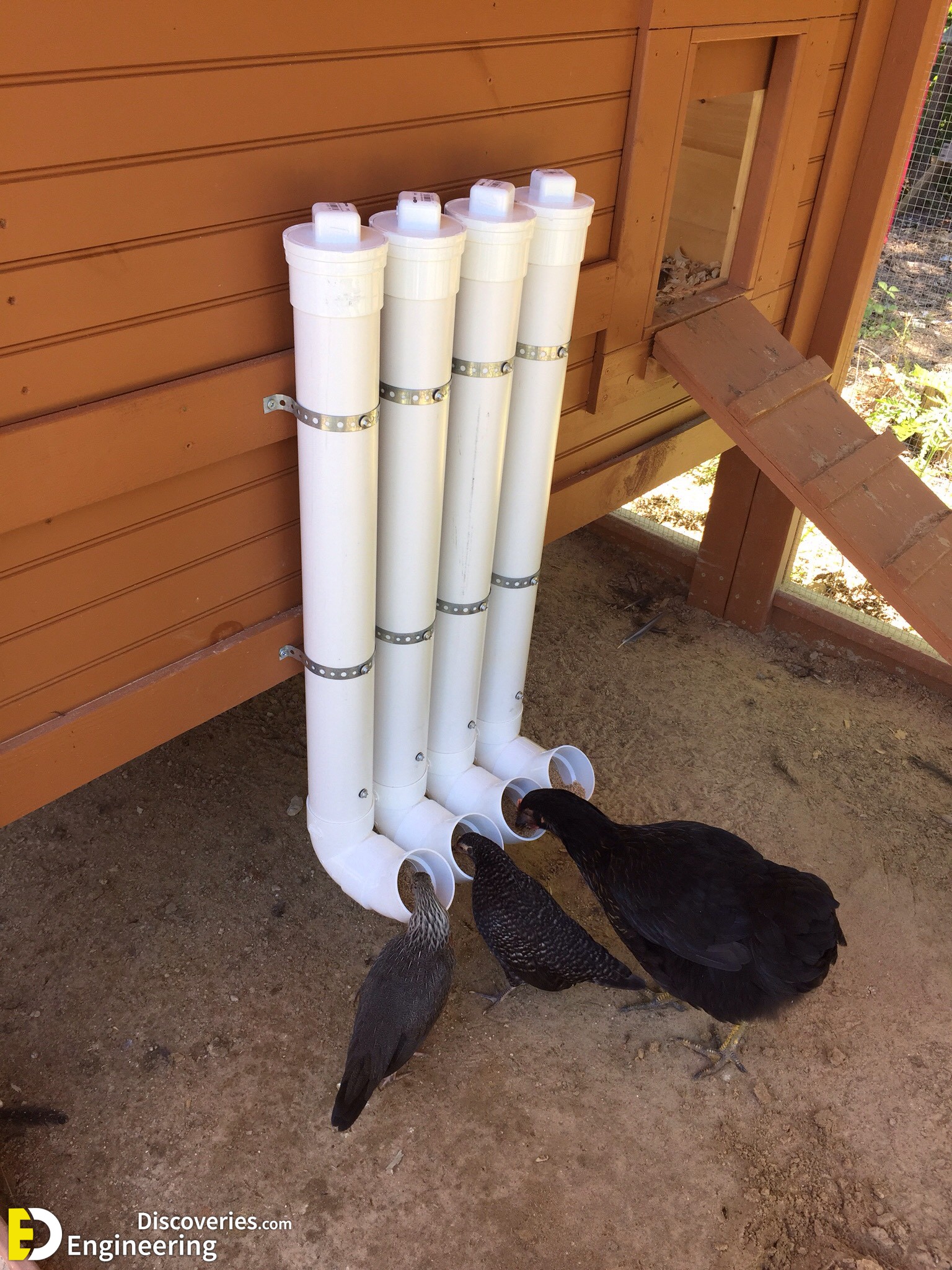
.
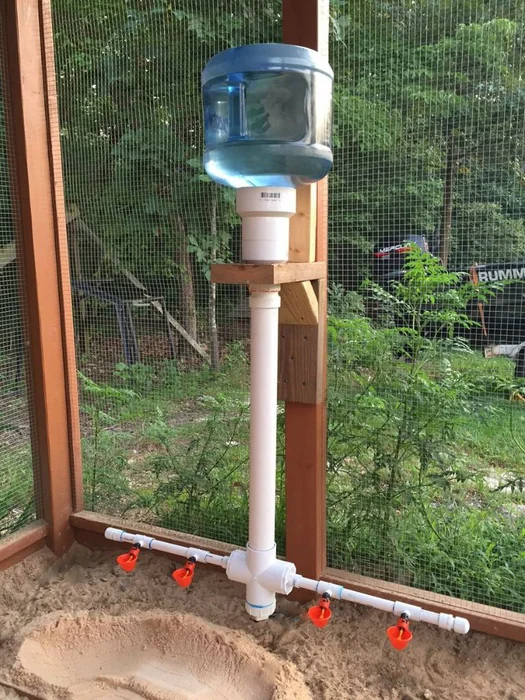
.
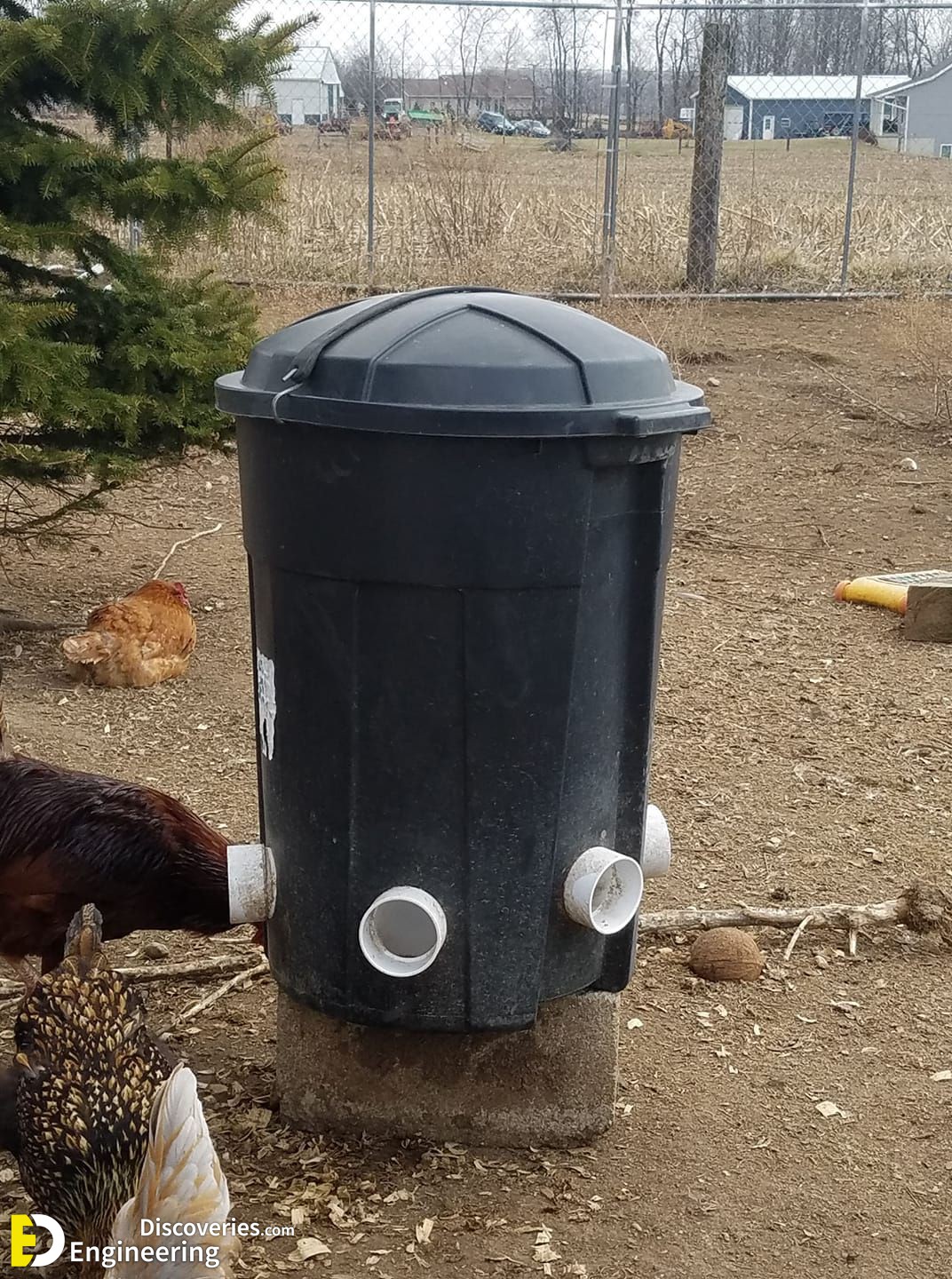
.
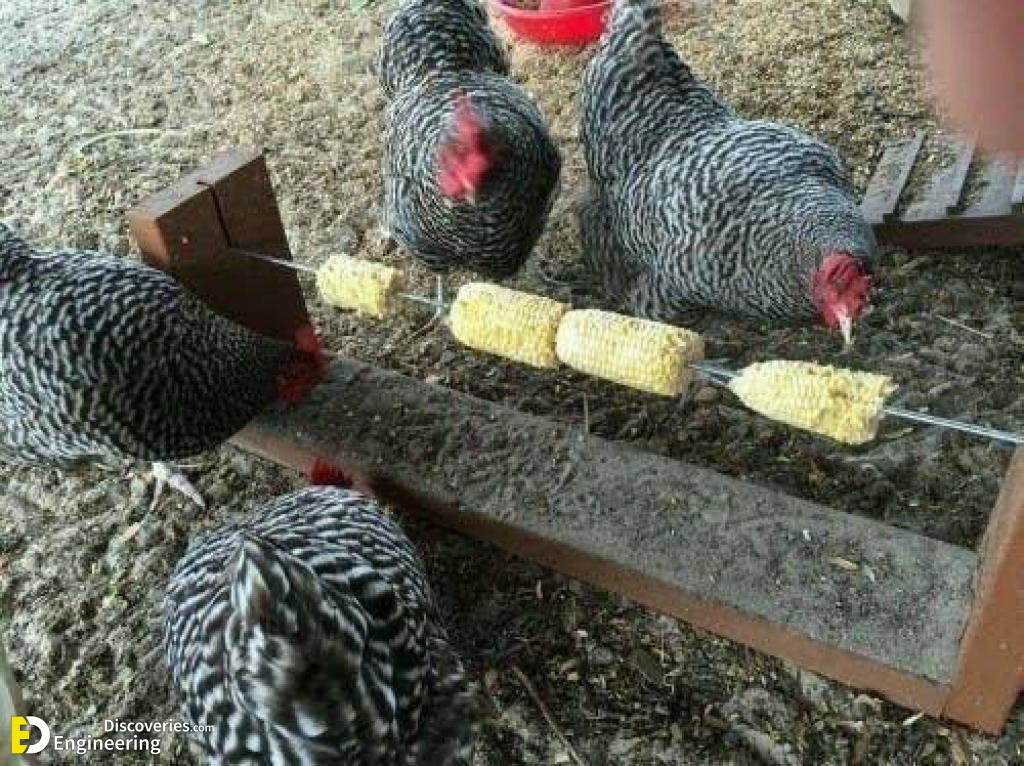
.
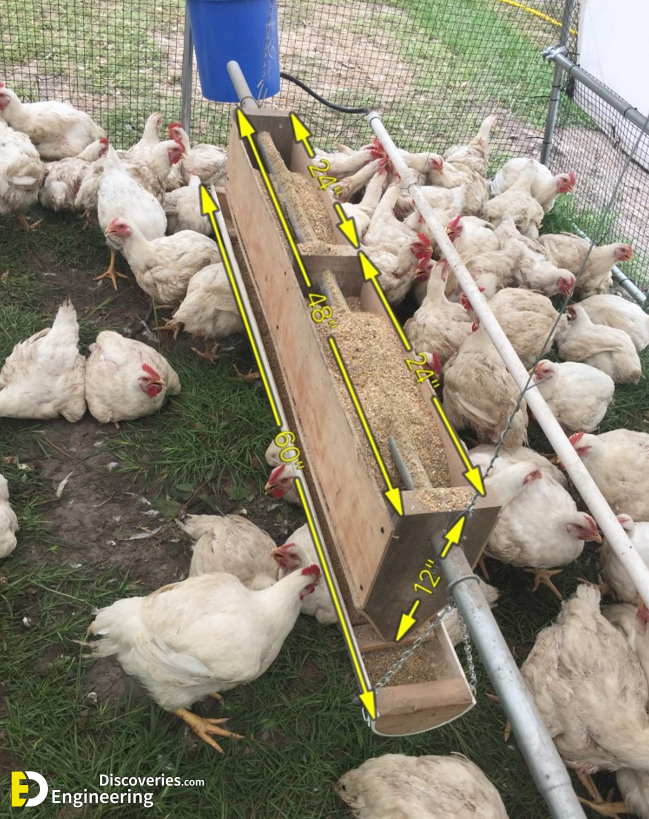
.
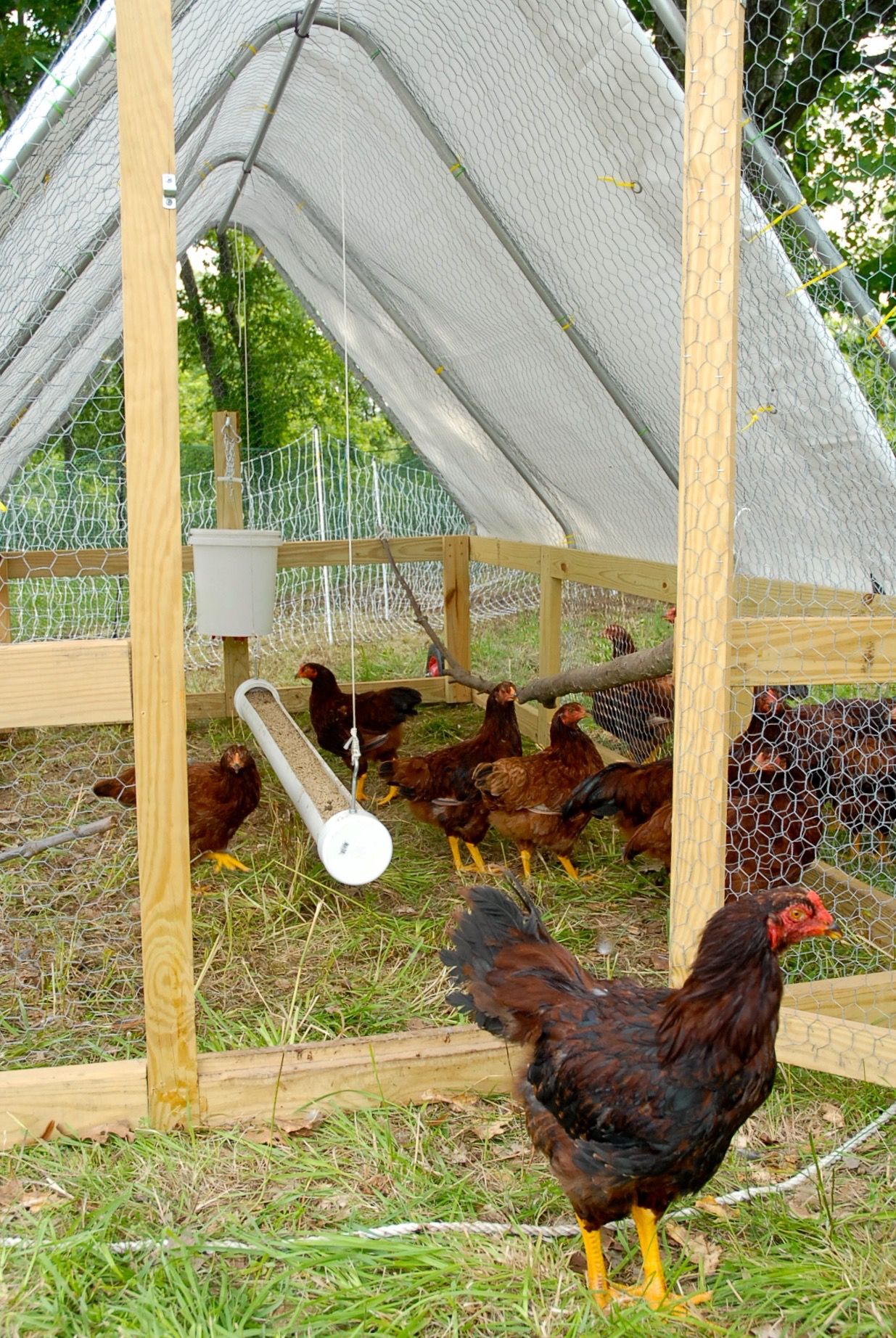
.
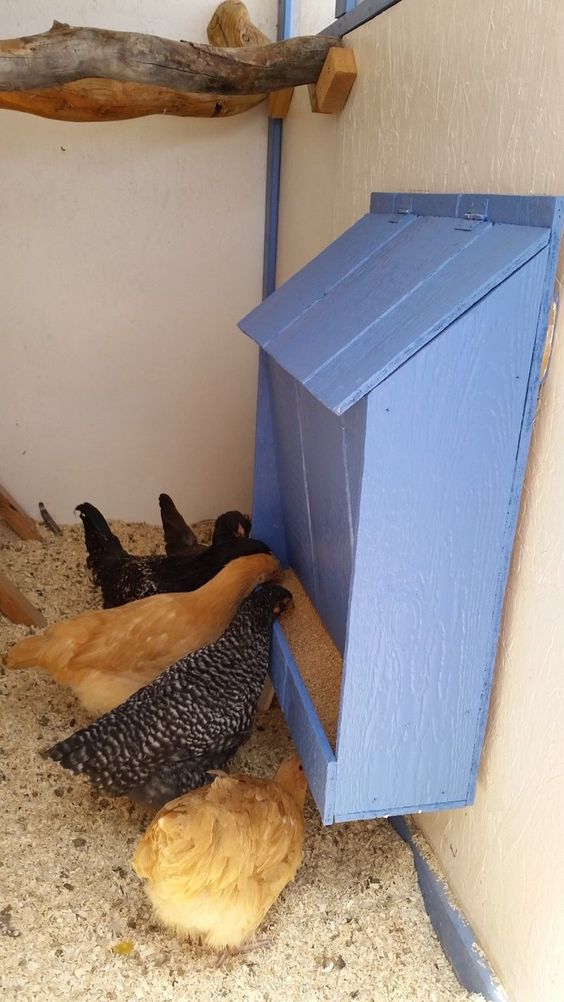
.
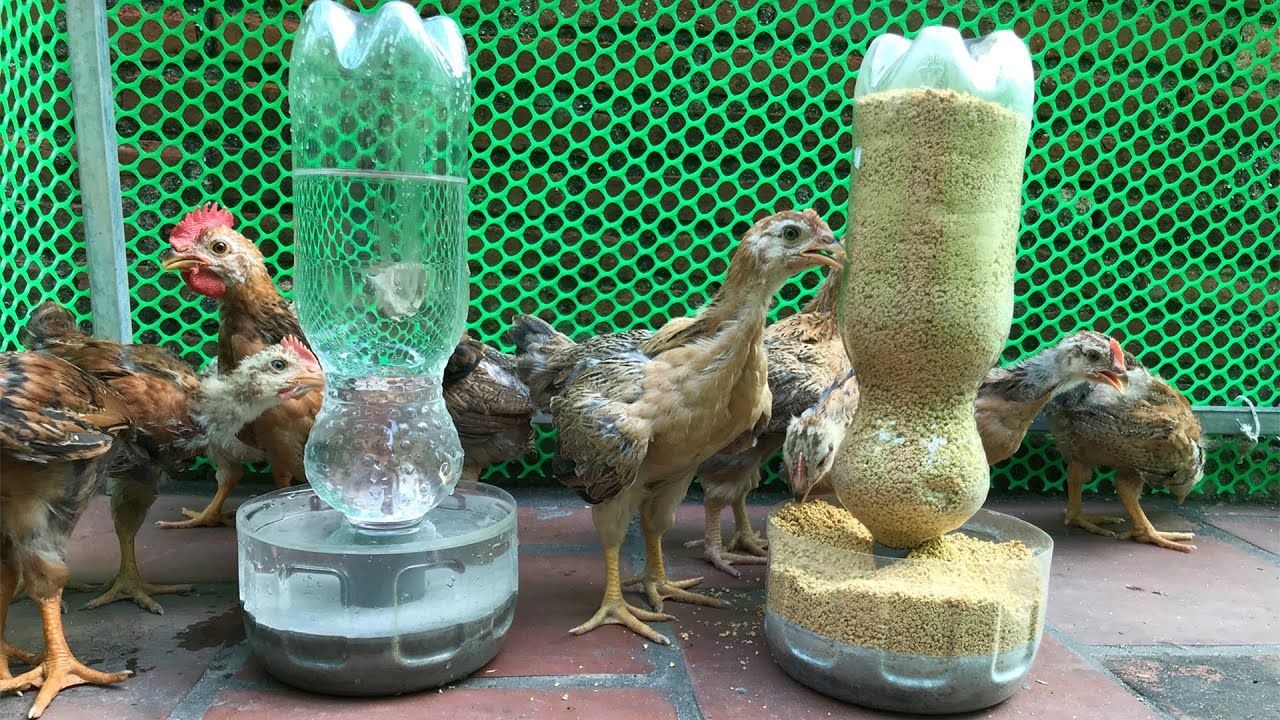
.
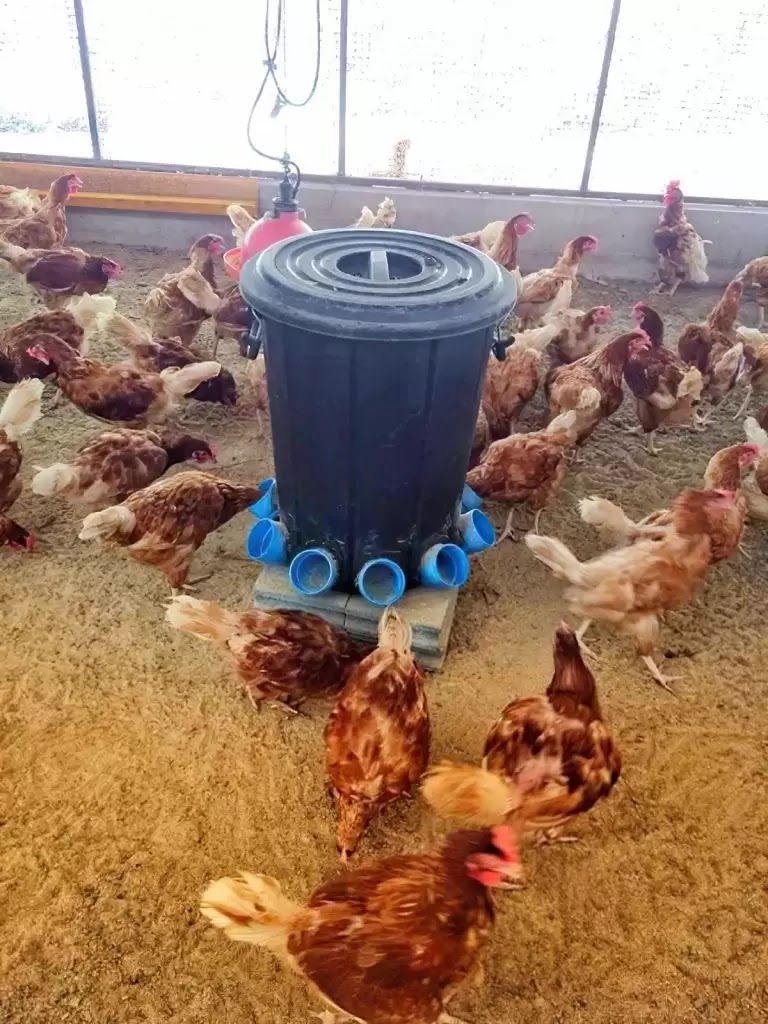
.
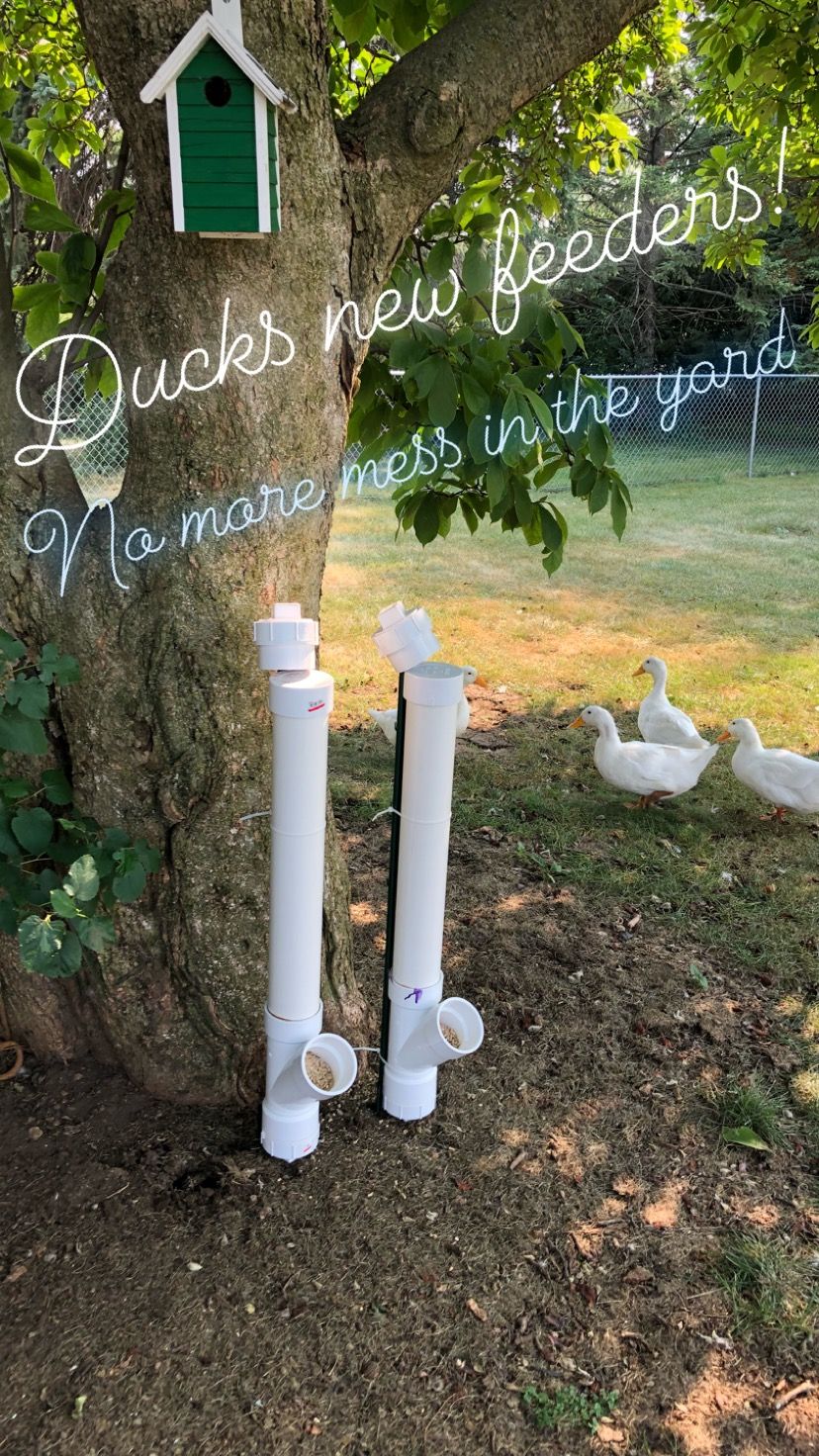
.
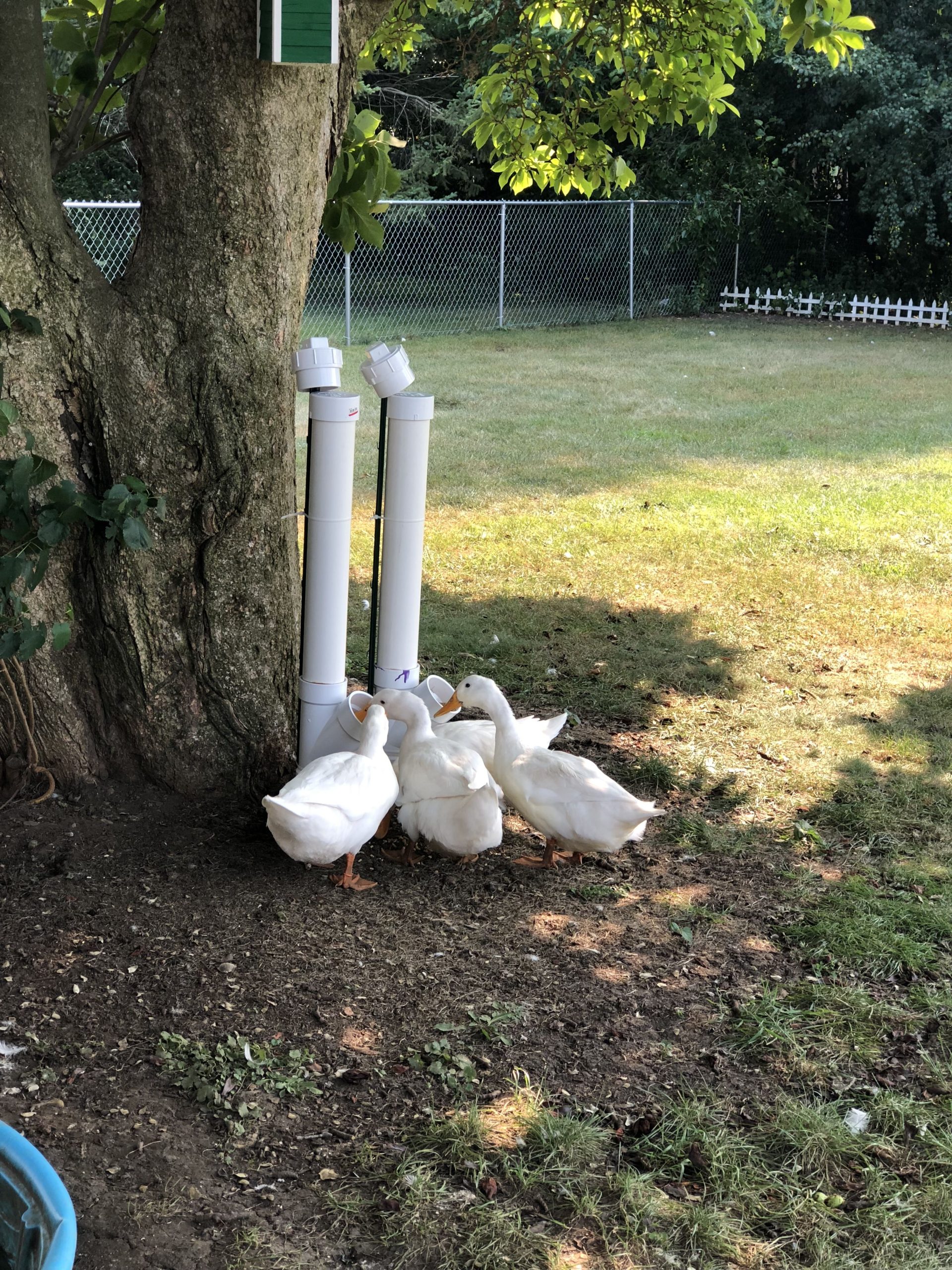
.
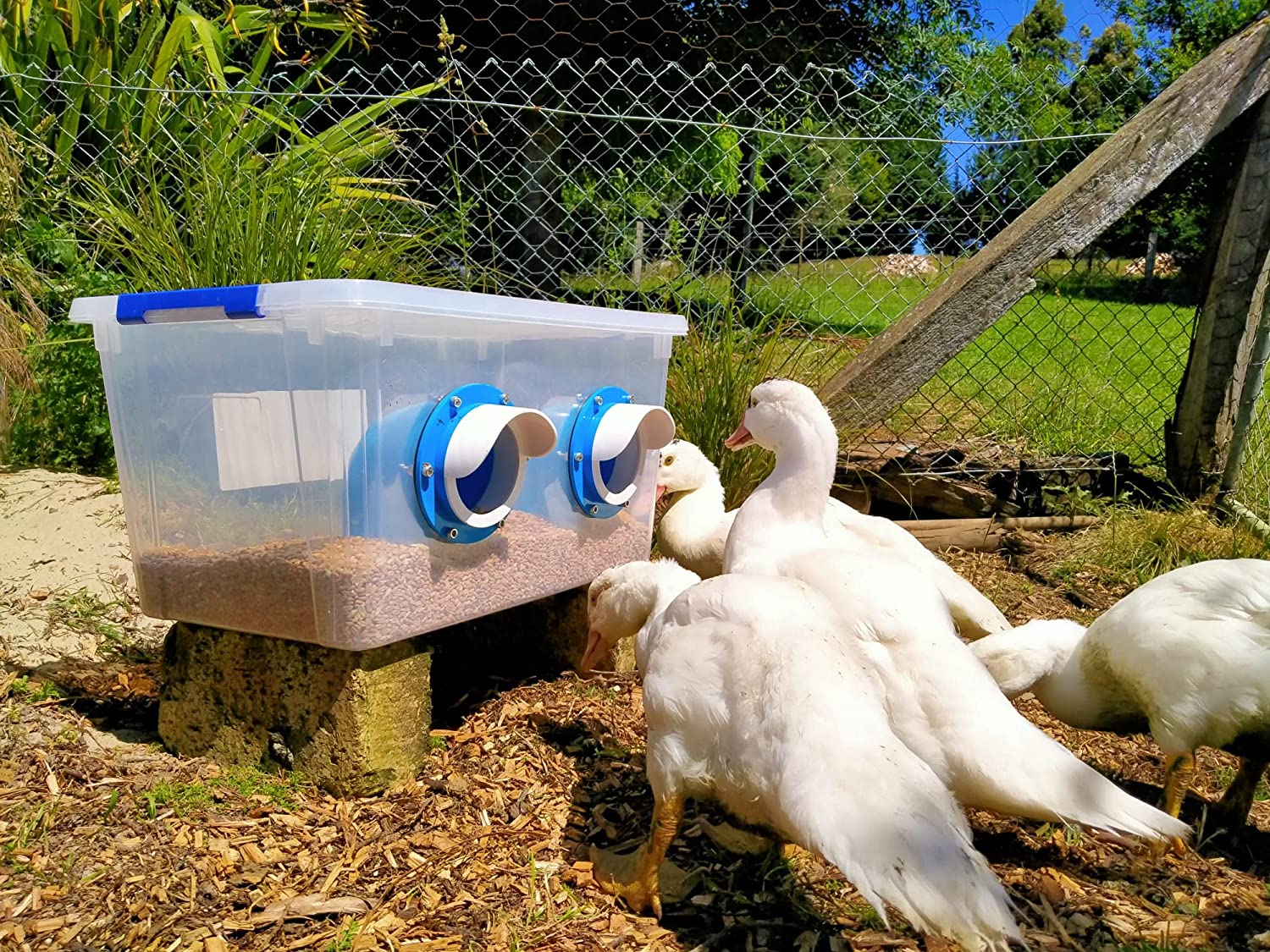
.
